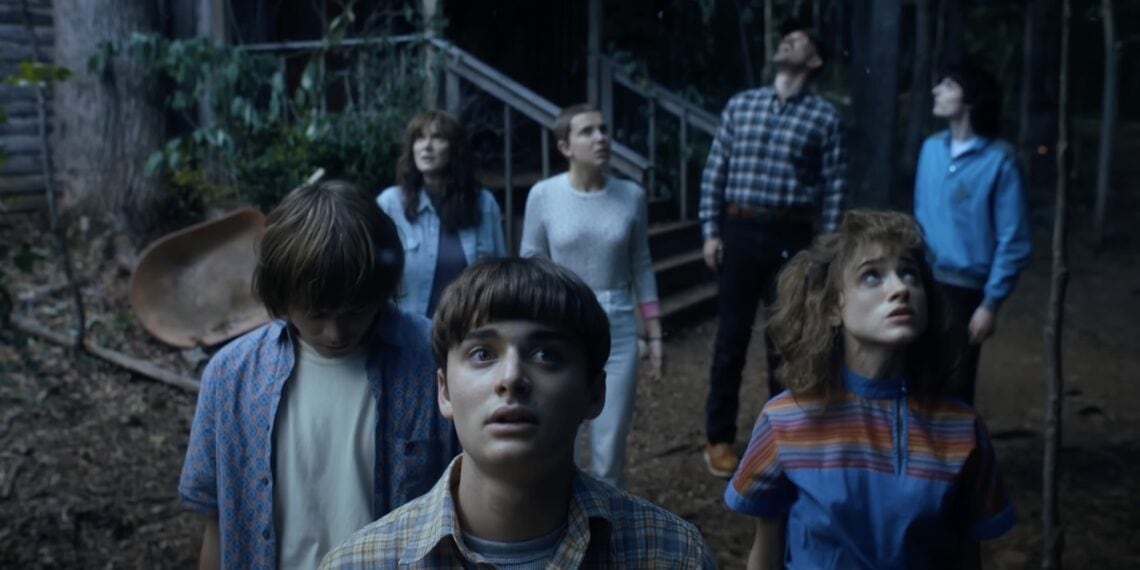Matt and Ross Duffer are twin brothers who created the hit Netflix series Stranger Things. When they first wrote the pilot episode for the show back around 2013 or 2014, they could not have imagined where that initial script would lead.
At the time, they likely hoped the show would simply get picked up by a network or streaming service. But they could not have predicted just how hugely popular and influential Stranger Things would become after its 2016 premiere on Netflix.
Now, almost 10 years after they first dreamed up the story of a group of kids in 1980s Indiana encountering supernatural forces and a parallel dimension, the world of Stranger Things has grown far beyond a TV show.
Their creation has expanded into graphic novels, video games, merchandising, and more. In a truly unexpected development that the Duffers could never have expected originally, their show has been adapted into a live theater production in London’s West End.

So while Matt and Ross initially set out just hoping to get their little sci-fi drama onto television screens, they could not have foreseen the wild, unpredictable journey that Stranger Things would take over the next decade, ultimately becoming a massively popular franchise across mediums and even being translated into an on-stage play on one of the most prestigious theater stages in the world.
It just goes to show the unexpected places creativity can lead when stories truly capture the public’s imagination.
The Original Vision and Evolution of the Series
When Matt and Ross Duffer first conceived of Stranger Things, they envisioned it as a self-contained, one-and-done story – more like an 8-hour movie than an ongoing series.
At the time, their focus was on a single narrative arc about a boy who mysteriously vanishes in 1980s Indiana and the efforts of his family and friends to find him.
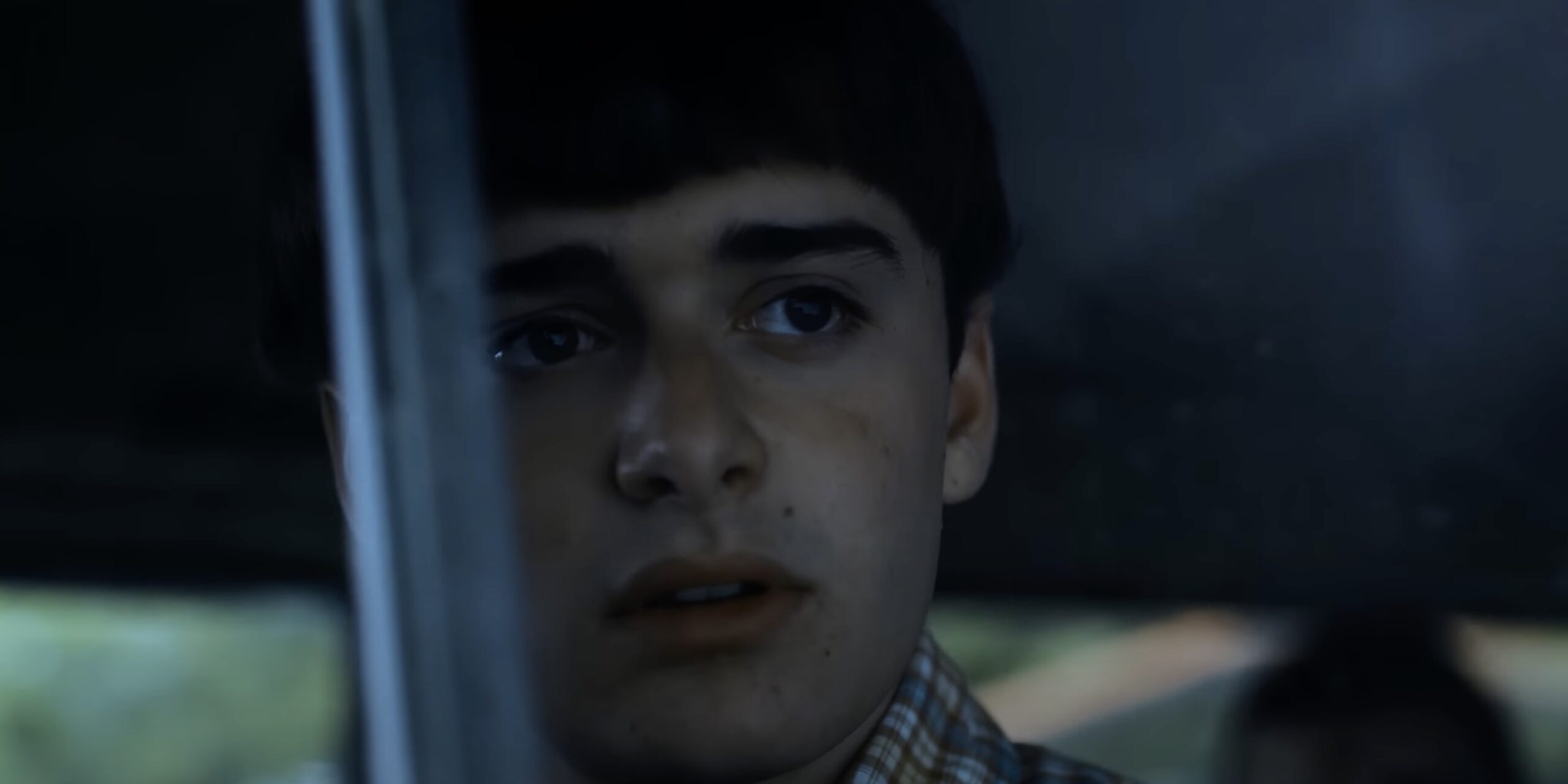
They pitched it as channeling the spirit of a Stephen King novel but with the look and feel of a Steven Spielberg adventure film.
The now-iconic elements that fans associate with the show – the terrifying Mind Flayer, the sinister supernatural killer Vecna, and the dark parallel realm known as the Upside Down – were all unplanned at the outset.
As the Duffers note, when they wrote that initial script, none of those concepts had even been dreamed up yet.
Of course, once Netflix picked up that pilot and Stranger Things became a hit, the show kept going, expanding into further seasons with wider mythology.
But in those early days, Stranger Things was envisioned as a single, standalone tale – more like a mini-series – that would wrap up the core mystery in one run.
The Duffers never anticipated Stranger Things growing into the global multimedia phenomenon it is today, with four seasons and counting.
It began humbly, with just an idea for a spooky sci-fi story about a missing kid. The rest grew stranger and stranger still – in the best of ways.
From Modest Origins to Global Phenomenon
When the Duffer Brothers created Stranger Things back in the early 2010s, they could never have fathomed just how phenomenally popular the show would become.
They likely hoped it would find an audience and resonate with fans of sci-fi and coming-of-age stories. But they didn’t dare dream that their modest Netflix original would go on to become the streaming giant’s most-viewed English language series ever.
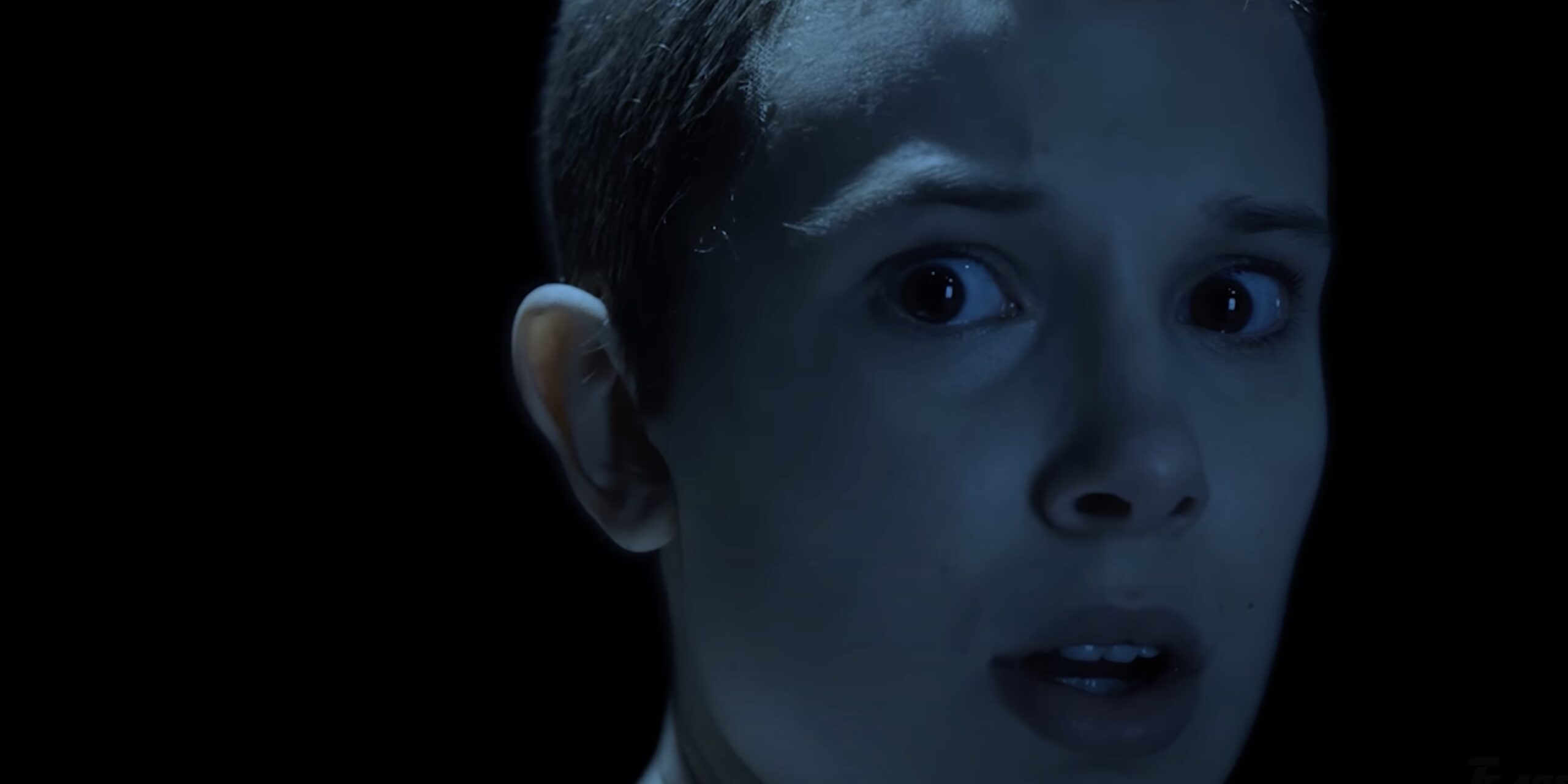
Yet that is exactly what transpired as Stranger Things grew from a word-of-mouth hit to a global sensation, and the recent fourth season, released in summer 2022, amassed a staggering 1.35 billion viewing hours within just 28 days of premiering.
On top of that, the show resurrected Kate Bush’s 1985 song “Running Up That Hill” and sent it rocketing up the music charts to number one some 37 years after its debut.
Stranger Things has also sparked waves of nostalgia for the 1980s with its focus on the decade’s pop culture, fashion, and more.
At the same time, it has turned its young cast into huge stars – like Millie Bobby Brown, Finn Wolfhard, and Maya Hawke – while also providing career renaissances for Winona Ryder and Matthew Modine.
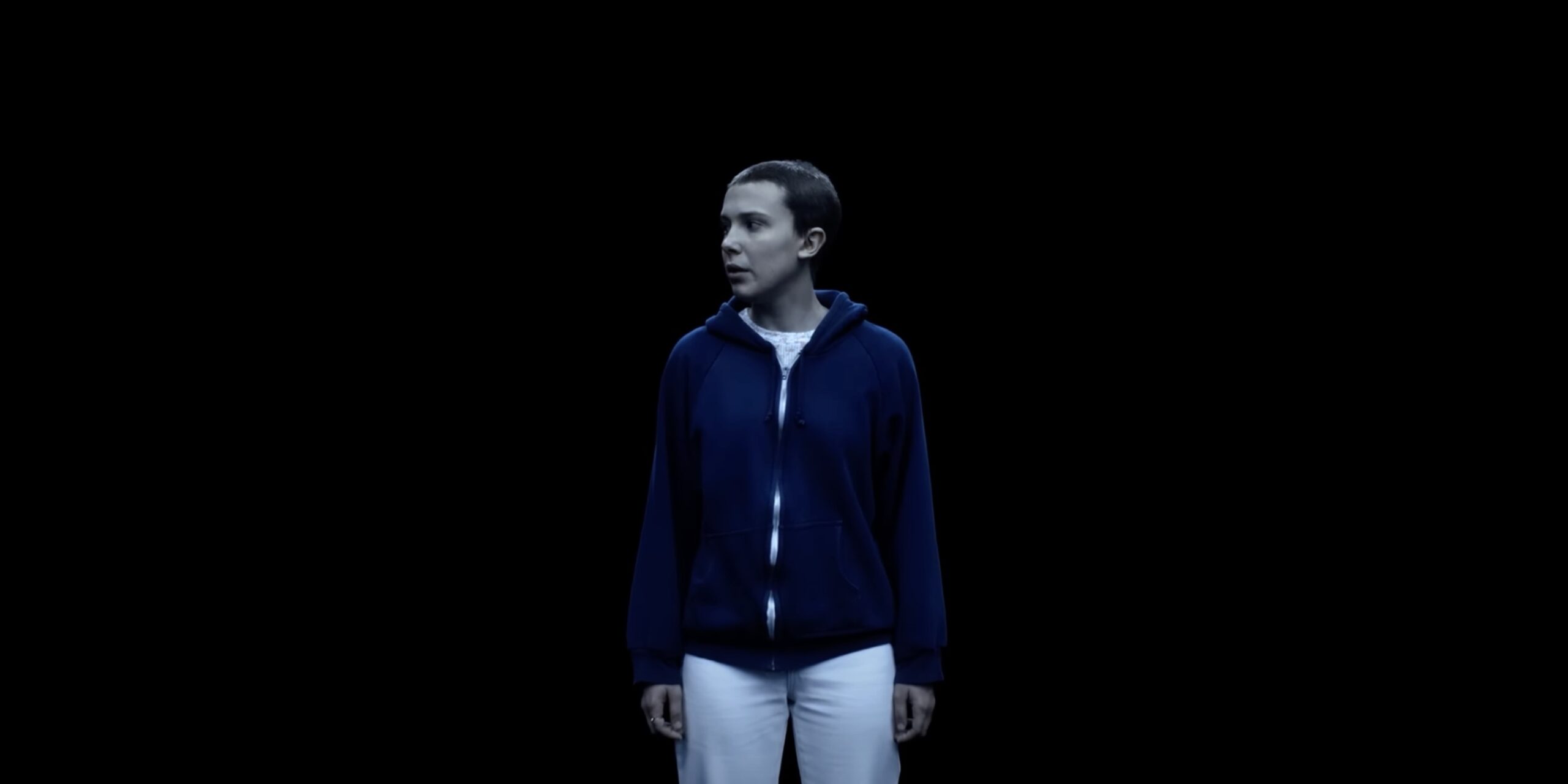
In short, while the Duffers once only hoped their passion project would get picked up, they now have a phenomenon on their hands – one that each season seems to grow bigger in scope and impact.
A global fanbase of millions eagerly awaits where the story will go next. But back when they typed FADE TO BLACK on that very first script, they never could’ve conceived how strange and magical this journey would become.
From Unexpected Hit to Netflix’s Lifeline
When the Duffer Brothers created Stranger Things back in 2016, they could not have predicted just how vital the show would eventually become for Netflix.
In early 2022, after a nearly 3-year gap between seasons, Netflix suffered a major setback – losing 200,000 subscribers and $50 billion in market valuation seemingly overnight.
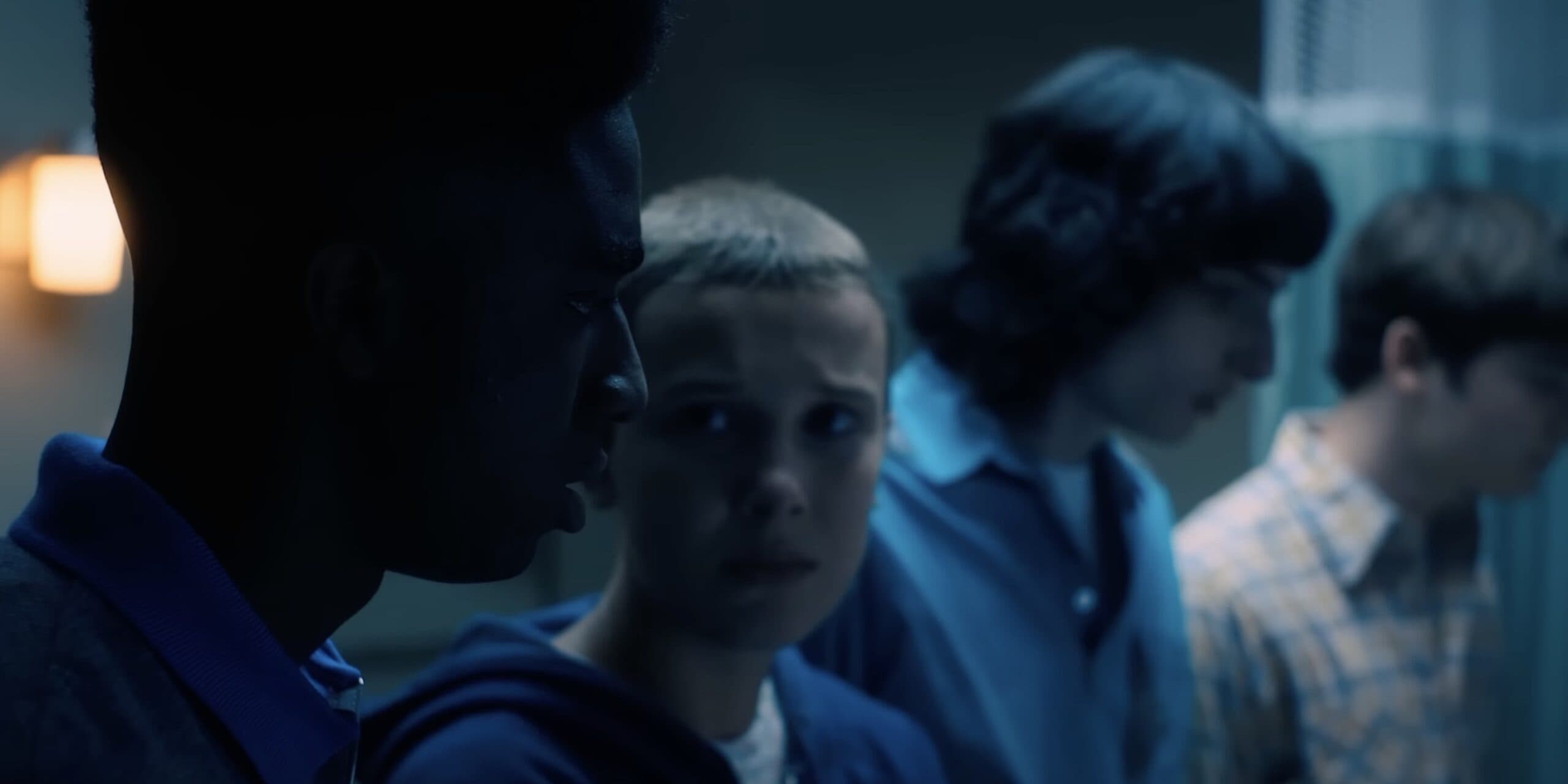
The return of Stranger Things after that long hiatus was Netflix’s big play to try to win back audiences.
As Matt Duffer admits, back when they first pitched the show, he and Ross were not exactly on rocketing career trajectories.
Despite dreams of being filmmakers, their previous movie project for Warner Bros had been poorly received by the studio.
And none of their subsequent movie ideas were gaining any traction with Hollywood executives at the time.
So when Netflix took a chance on Stranger Things, they were just hoping to finally get a project made – not launch one of the most popular shows in streaming history.
They couldn’t have imagined that just a few years later, their creation would become pivotal to Netflix’s business model and future prospects.
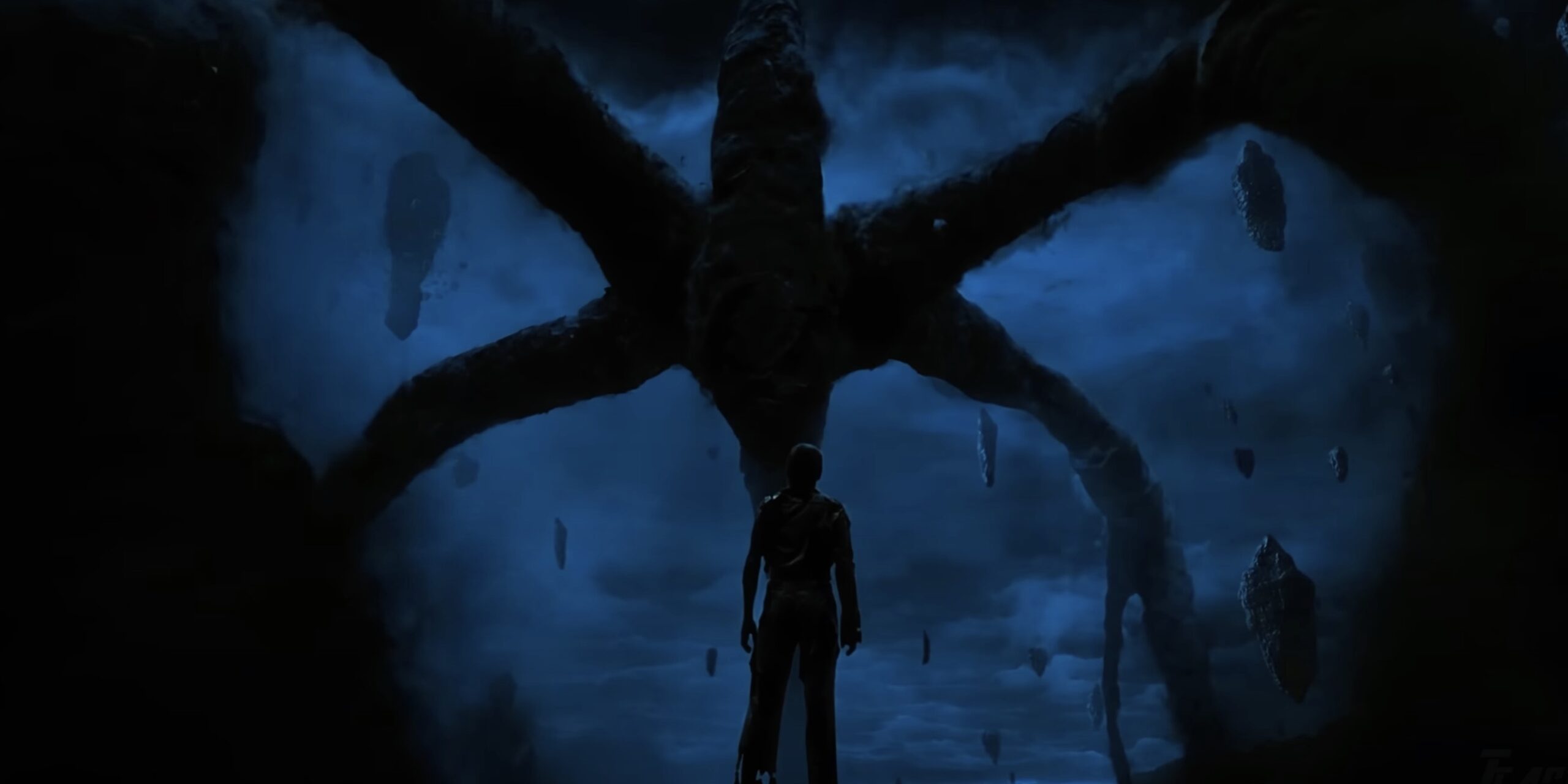
Or that the company would come to depend heavily on new seasons and storylines dreamed up by the Duffers to satisfy audiences and shareholders.
Back in those early days, success meant just getting to make their passion project. But now success means delivering a global phenomenon that keeps viewers everywhere hooked and subscribing.
It’s a responsibility and opportunity they never expected – but one they now carry squarely on their creative shoulders.
The Unlikely Journey of the Duffer Brothers
Prior to Stranger Things, the Duffer Brothers’ Hollywood track record was far from impressive. As Matt alludes to, their first major studio film project was a movie called Hidden – a post-apocalyptic thriller starring Alexander Skarsgård and Andrea Riseborough that the brothers directed back in 2012.
After production wrapped, the studio Warner Bros essentially shelved the movie for 3 whole years before dumping it without much promotion or fanfare.
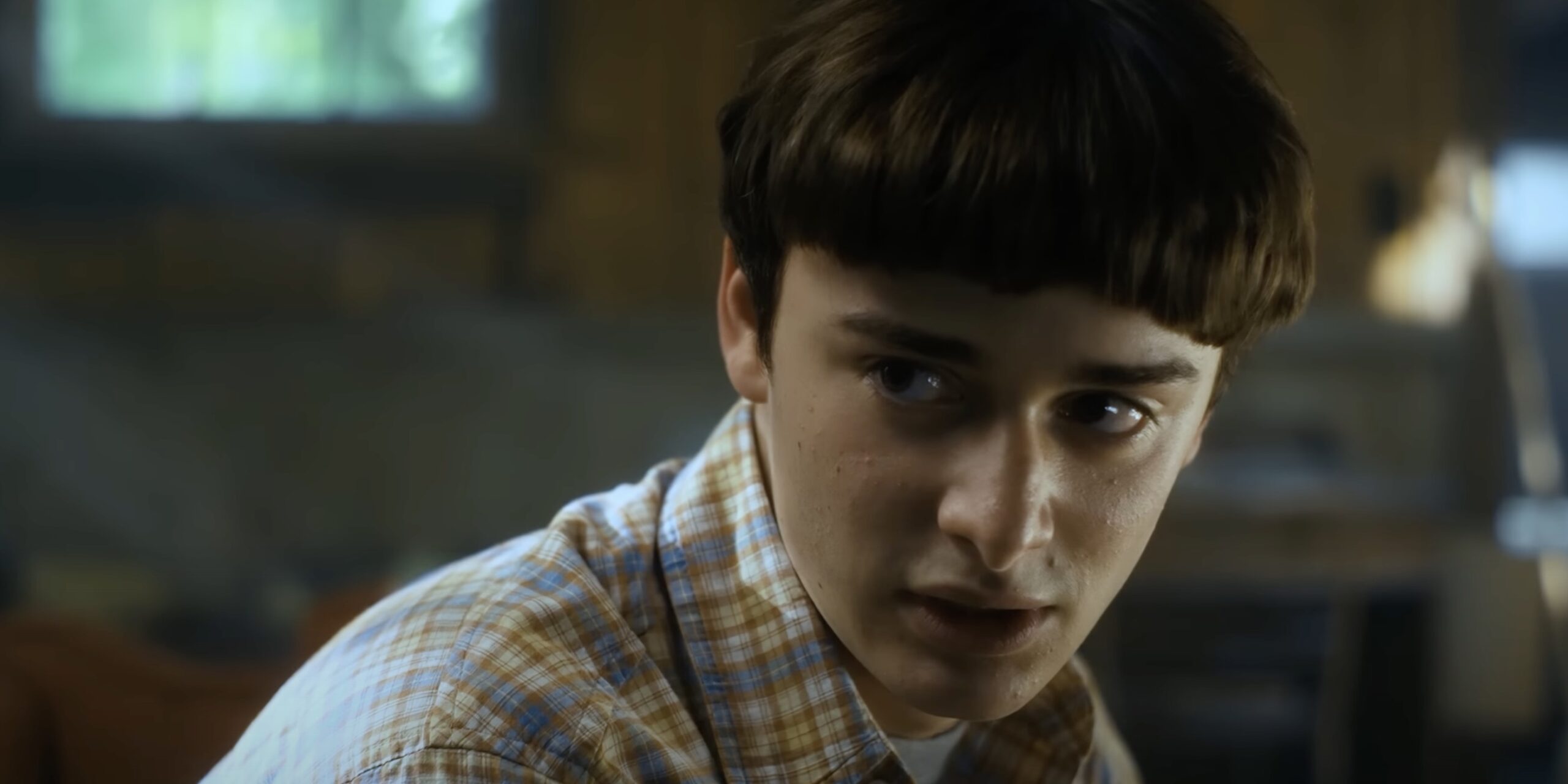
As Matt puts it, that experience “ended in utter failure” for the brothers. So when they set out to make Stranger Things for Netflix, they had fairly muted expectations.
After having their passion project buried at a big studio, they were likely just hoping to make something that might connect with niche sci-fi fans.
But wild mainstream popularity spanning 5 seasons? Global cultural phenomenon? That success was unfathomable based on their unremarkable prior Hollywood history.
Yet Stranger Things, of course, went on to become a surprise smash hit. Over the succeeding years, the brothers have witnessed plenty of surreal developments they never could have predicted back when crafting that first script.
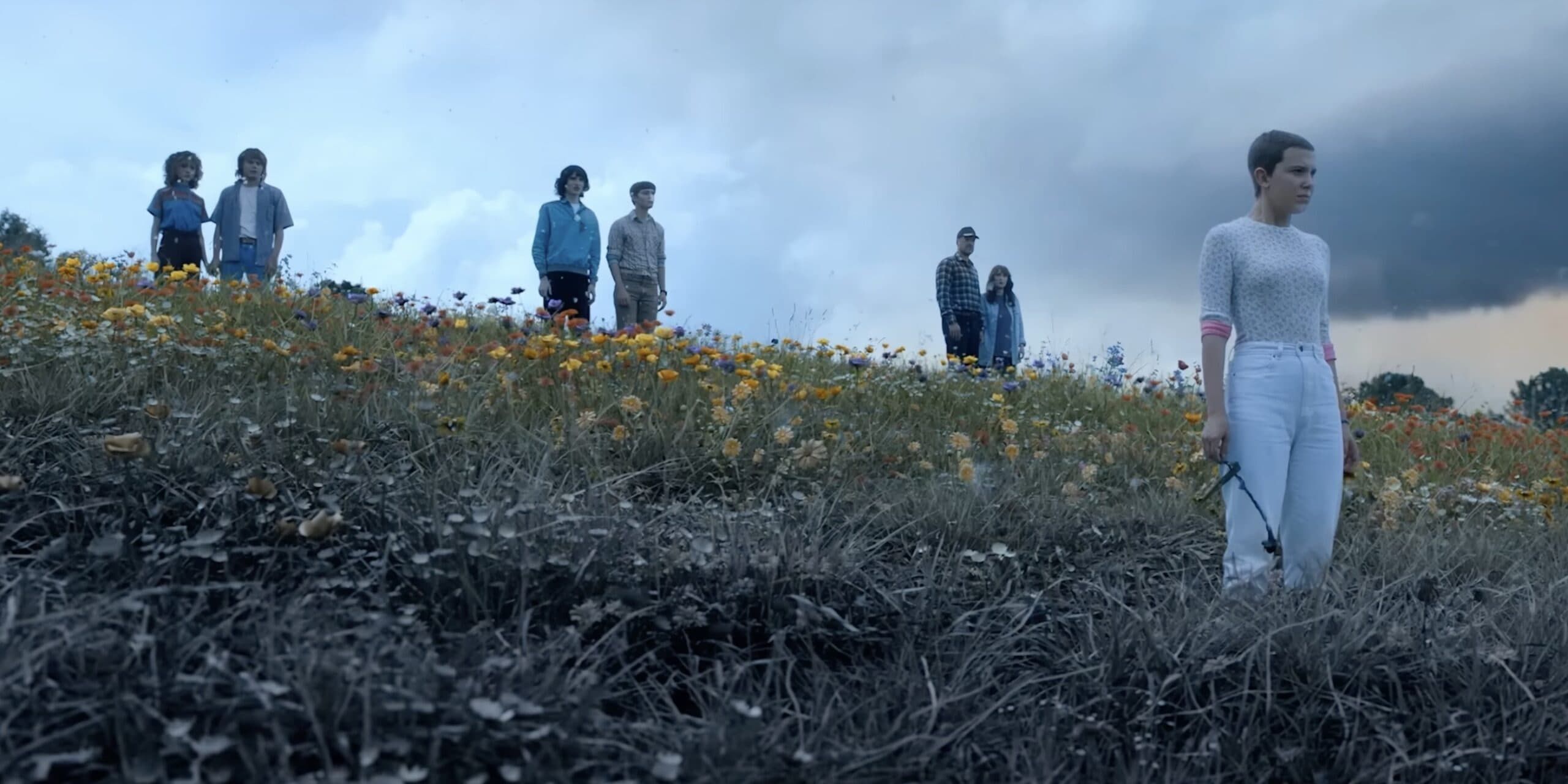
For one – their original inspirations, Steven Spielberg and Stephen King, are now collaborators and vocal fans. But perhaps the most unexpected twist of all is Stranger Things being adapted into an ambitious West End theater production overseen by esteemed British director Stephen Daldry.
For the Duffers, that creative journey from having their passion project collect dust on a studio shelf to seeing their creation come alive on a prestigious London stage? Truly stranger things have happened.
Stephen Daldry’s Ambitious Vision
When acclaimed British director Stephen Daldry first reached out to Netflix executives about adapting Stranger Things for the stage, the Duffer Brothers’ initial assumption was that he just wanted to create some simplistic musical based on the first season.
As Matt Duffer puts it, that seemed like the “lame” and predictable route to go.
But Daldry actually had a far more ambitious and inspired vision in mind. He wanted to craft an entirely original theatrical story set within the show’s supernatural universe – not just rehash the season 1 beat.
To help bring that idea to life, he enlisted playwright Jack Thorne, fresh off huge successes like the stage smash Harry Potter and the Cursed Child.
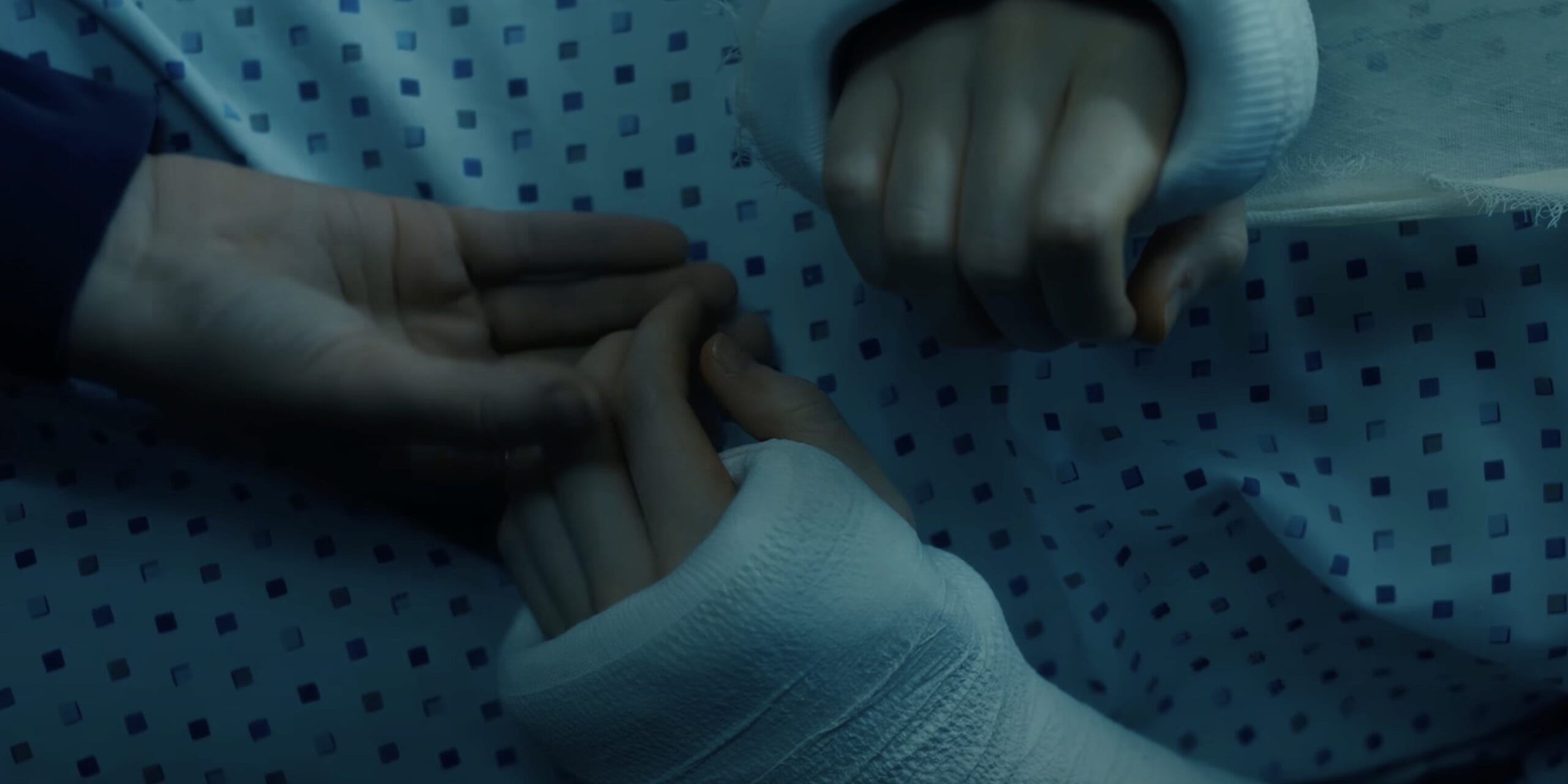
With top producer Sonia Friedman also on board, this was clearly no amateur production.
For the Duffers, it quickly became clear that Daldry was proposing something much more creative and compelling than they had imagined.
An original spin-off tale was leveraging the rich mythology and tone of Stranger Things to inform a unique live theater experience. It’s not some lazy jukebox musical rehash.
So, while their initial expectations were perhaps unfairly low, the ambitious scope and pedigree behind the project won them over swiftly.
And though expanding their creation to new mediums still feels surreal, they’re genuinely excited by the fresh storytelling possibilities of this theatrical endeavor and the expert team assembling it.
Wherever the Upside Down manifests next, it seems strangeness will abound.
The Upside of Setbacks for the Stage Play
When the Duffers first heard Stephen Daldry’s inspired idea to create an original Stranger Things stage play, they were instantly on board. But they soon had the rug pulled out from under them.
With Daldry being drawn back into working on The Crown as executive producer and writer Jack Thorne also having other commitments, the ambitious project was put on indefinite hold.
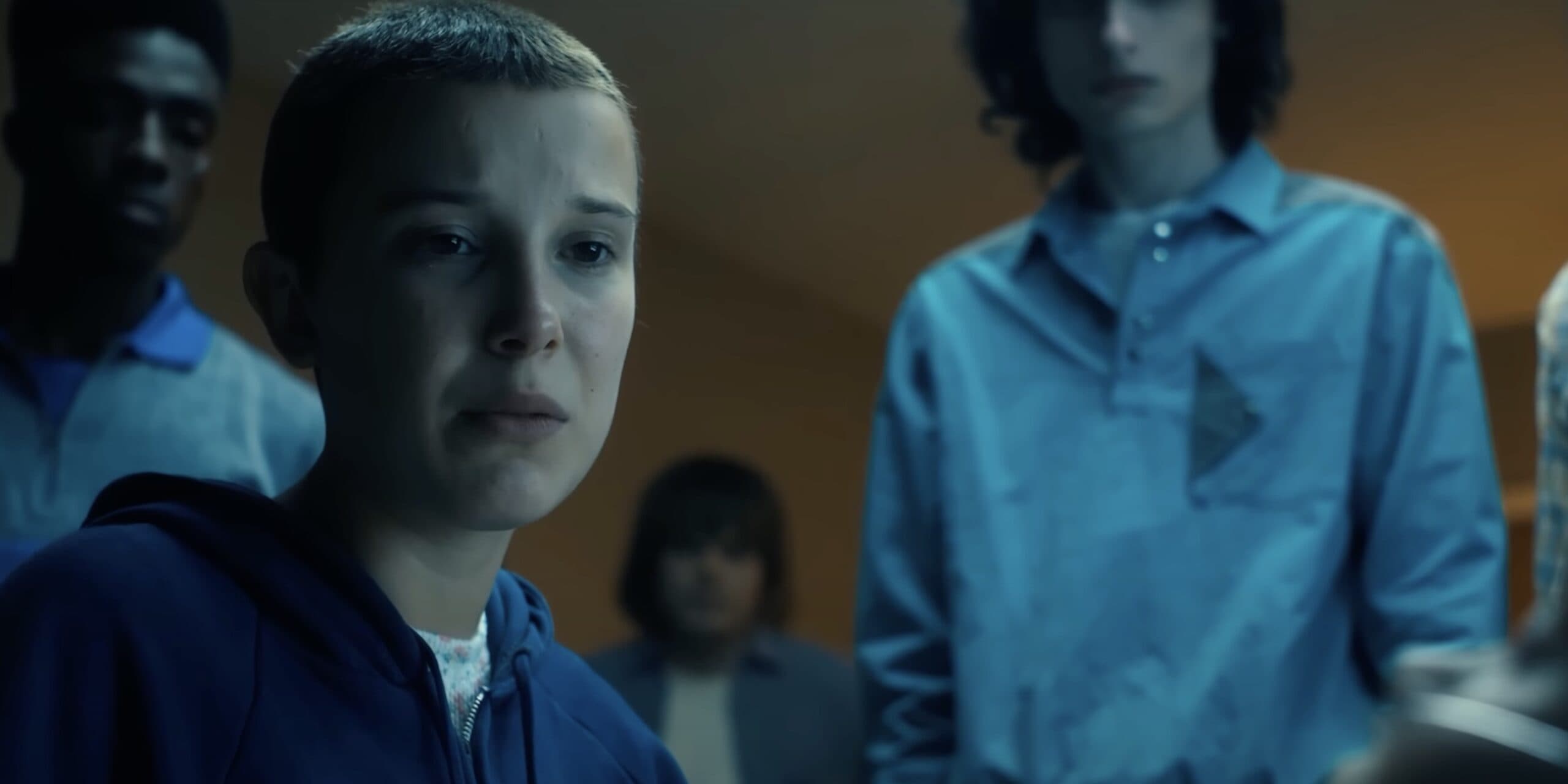
As Ross Duffer puts it, for a while there, it felt like “one of those dreams that would never be.” The brothers assumed this tantalizing theatrical concept would sadly just fade away for good.
But in an odd twist, that delay actually proved fortuitous. As the Duffers began writing the latest season of the TV series, they developed a new villain named Henry Creel – a psychically powered boy from the 1950s who later transforms into the demonic Vecna.
And his intricate backstory that the show only touches on briefly seemed ripe for deeper exploration on stage.
So when Daldry and Thorne’s schedules cleared up, the Duffers, along with the creative team, agreed focusing the play on the untold origins of Henry Creel could make for a compelling standalone tale that complements the show’s mythology.
As Matt Duffer explains, there is dramatic potential in examining Creel’s path to the dark side and whether any glimmers of humanity existed in him before he went “full-blown Darth Vader.”
In the end, what initially felt like a dead end for the play turned into a eureka moment instead. And that twist of fate may ultimately help this ambitious adaptation become a worthy new chapter in the ever-expanding Stranger Things saga.
As the Upside Down has shown time and again – unforeseen magic can spring from disappointment if you just flip the perspective.
Crafting the Stage
When the core concept for the Stranger Things stage plays snapped into focus – centered on the untold backstory of villain Henry Creel – Matt Duffer says it flowed remarkably easily.
As he puts it, “The idea for the play itself actually came really quickly: I think within a day.” And that swift creative click felt like confirmation they were onto something compelling that justified expanding the Stranger Things world into theater.
As Matt notes, usually, when you have to strain too hard chasing ideas, it’s not the best sign. But in this case, once they hit upon the concept of exploring Henry Creel’s origins, the dramatic potential clicked instantly.
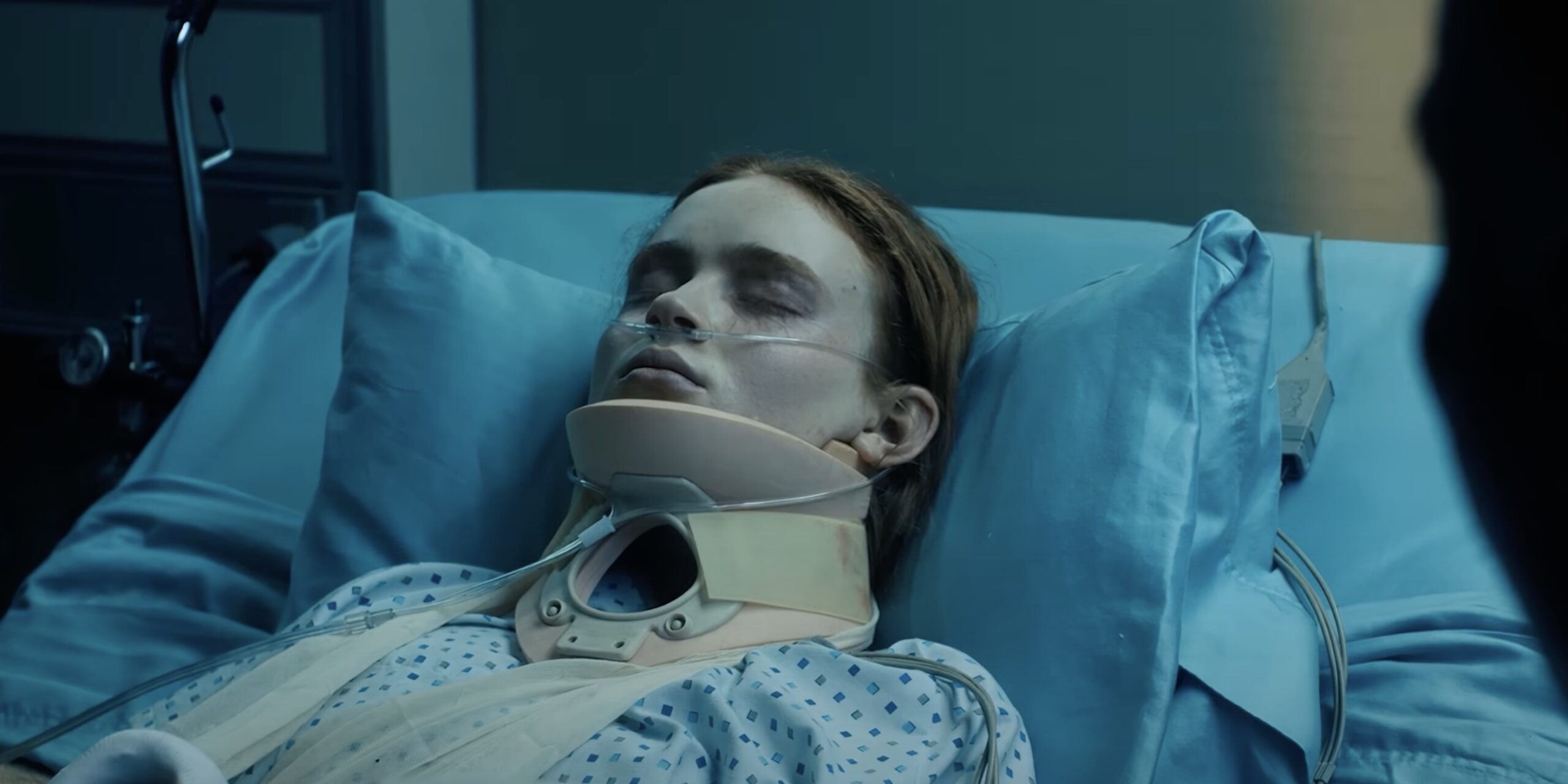
Bringing that vision to fruition, however, took immense effort over four years of development.
While TV writer Kate Trefry took over scripting duties from the previously attached Jack Thorne, acclaimed director Stephen Daldry remained closely involved.
And as the show’s December premiere draws near, the Duffers have been in constant contact with the London production team, fine-tuning details to ensure it lives up to the scale and thrills of Stranger Things proper.
As Matt explains, the ambitious goal is for the play to feel like a massive, live episode of the series, with all the stunts and effects that suggest.
And for hands-on TV writers like the Duffers, adjusting to this new stage medium has been a surreal experience.
As Ross conveys, until opening night actually happens, some part of them won’t fully believe this long-developing passion project has become a tangible reality instead of just an idea tossed around years ago.
But Stranger Things indeed continues to reach new creative frontiers.
A Risky Leap into Live Theater Expanding the Mythology for Diehard Fans
While Stranger Things: The First Shadow is being billed as able to stand alone for newcomers, its deeper value may be in expanding the mythology for diehard fans.
The official line is that the play “enriches” the TV viewing experience rather than being essential. You don’t need to have seen the show to enjoy this original theatrical tale set in the same supernatural universe.
However, for devoted Stranger Things devotees obsessed with connecting dots, the play promises to add intriguing new layers.
It will supposedly add shading to certain storylines while dropping hints that help bridge the gap between the recently released season 4 and the upcoming fifth and final season.
So the play seems to be aiming perhaps first and foremost at that built-in fanbase of millions, counting on their thirst for more Stranger Things content to drive interest.
It’s a bit of a risk for the Duffer Brothers as this is new territory for them expanding the franchise to live theater. But it also represents potential proof of concept for future spinoffs in other mediums now that the end is in sight for the flagship show.
And on Netflix’s side, this is their first foray into backing an adaptation of one of their hits into the live theater space.
So, the success or failure of this inaugural attempt could dictate wider strategies going forward as they mine their deep content library for stage adaptations down the line. But for now, a strange, strange experiment awaits at the theater – one shadowy snippet of the Upside Down at a time.


